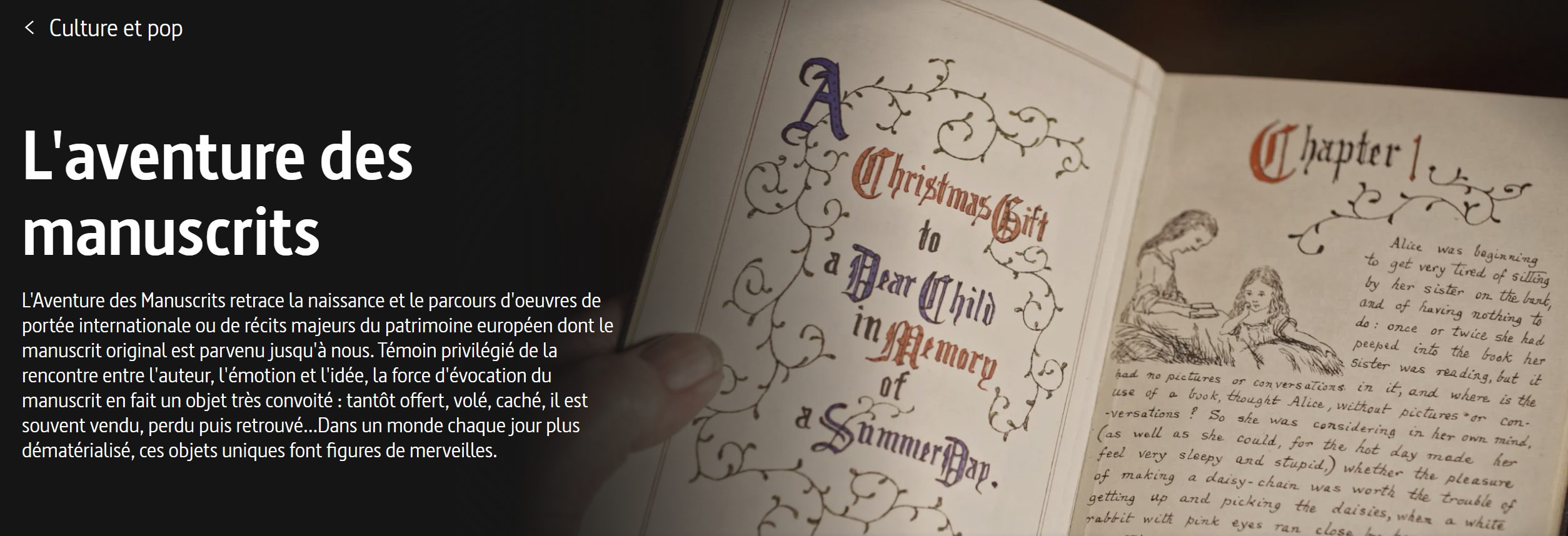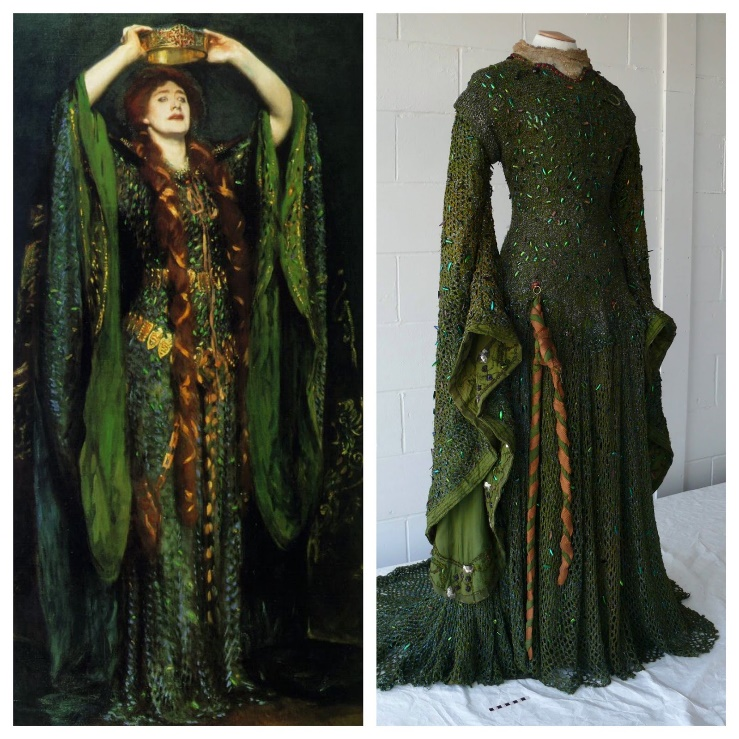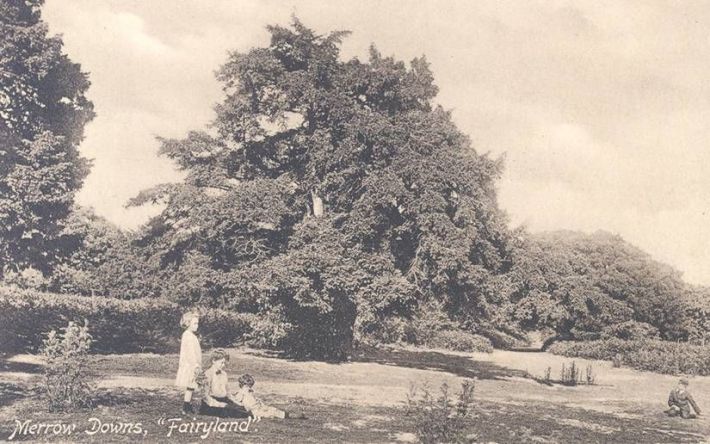RADIO:
BBC Radio 4 “In Our Time” – Alice in Wonderland
BBC Radio 4 “In Our Time” – Automata
“Melvyn Bragg and guests discuss the history of real and imagined machines that appear to be living, and the questions they raise about life and creation. Even in myth they are made by humans, not born. The advance of clockwork raised further questions about what was distinctly human, prompting Hobbes to argue that humans were sophisticated machines, an argument explored in the Enlightenment and beyond.”- Pertinent questions in an age of AI.
BBC World Service, The Forum – ‘Moths’
The moth is an insect that’s almost 200 million years old. Throughout human history, its attraction to light, its amazing ability to camouflage, and its nocturnal activity have given rise to myths, spiritual beliefs and been the inspiration for art and literature – especially the genres of horror and the supernatural.
In the natural world, moths also play a hugely important role in promoting global diversity as prolific pollinators. Yet, this ancient insect is often regarded as little more than the poor relation of the butterfly, an annoying creature that feeds on our favourite clothes and eats crops. Today, the moth is under threat from light pollution and climate change. So is it time we re-evaluate our views on moths?
BBC World Service, The Forum – ‘Mirrors’
“For the Ancient Egyptians they were seen as receptacles for the soul, for the Aztecs they were used to tell the future and for the early Christians, they were an aid for reaching self-knowledge. And mirrors’ key role in the reflection of light led to the development of high-powered telescopes to explore the universe. No human invention has been so closely tied with our sense of self and the world around us. And yet mirrors also have a capacity to deceive us – so how much attention should we give them in our lives, and are we overly obsessed with our image in the mirror?”
Audible – Sleep And Folklore in Popular Culture
It’s easy to dismiss dreams as “just dreams”—incoherent visions, disturbing, odd images that don’t really mean anything much. But in stories, myths, and fables, dreams are vital. They’re often used as a literary device to provide insights and foreshadowing. Through the dreams in stories, we get to the heart of deep philosophical, scientific, and religious problems. Dreams allowed writers to transcend boundaries and confront things otherwise off-limits.
In this eye-opening six-part series, Dr. Franziska Kohlt looks at the concept of dreams through the lens of the stories that feature them. You’ll visit the enchanted slumbering land of Sleeping Beauty and the dark and mysterious realm of The Sandman. You’ll explore the ironic dreaming devices of Slaughterhouse-Five; the trippy, fantastical world of Alice in Wonderland; and many more on the quest to deconstruct the symbolism and intent of the dreams that are part of the narrative—or even, in some cases, that are characters in the narrative.
NPR, Colin McEnroe Show – Rabbit-Holes
CBC Radio ‘Ideas – Alice in Wonderland’
In this two-part series of Canadian writer and journalist Cindy Bisaillon takes us deep into Dodgson’s life, into his complex dreamscape, and down the rabbit hole, examining whether Lewis Carroll was really, as has so often been claimed, ‘a deeply curious man’ full of ‘many contradictions’ – and many other myths about the writer of one of the most famous children’s books of the world. | ⇒ Part 1 | ⇒ Part 2 |
TELEVISION:
ARTE: Das Abenteuer der Manuskripte / L’Aventure des Manuscrits (French/German)
Alice in Wonderland was thought up in Oxford, and influenced by many of its famous, and less famous sites – but what happened afterwards? French/German TV channel Arte’s new programme follows the stories of the world’s most famous manuscripts, and I speak about some of the peculiarities of Alice’s manuscript that highlight lesser-known histories of a book we perhaps thought we knew…

University of Oxford ‘Down the Rabbit-Hole’ (short film)
I speak about Science & Children’s literature, and the Victorians, and how science shaped Alice in Wonderland, showing some of Lewis Carroll’s early sketches and manuscripts at his and Alice’s Oxford college Christ Church.
ARTE ‘Invitation au Voyage/ Stadt, Land, Kunst’ (French/German)
How did Oxford shape the tale of Alice in Wonderland? Arte’s flagship travel programme goes down the rabbit-hole at one of the world’s most famous university city, and meets me at the Natural History Museum to find out.
Royal Institution, Michael Faraday’s Supernatural Experiment
Are ghosts real? The Victorians certainly thought so – and Michael Faraday wanted to prove otherwise. We’ve recreated his spooky experiment in time for Halloween. Victorian society was fascinated by the possibility of communicating with ghosts. People reported mysterious phenomena, such as moving furniture, when they tried to contact the spirit world. In 1853, holding séances had become so fashionable and widespread that the great scientist Michael Faraday devised an ingenious experiment to investigate the existence of supernatural forces. Watch the video to find out more!
TRT, ‘Showcase – Alice in Wonderland’
Turkish TV channel TRT’s ‘Showcase’ culture programme examines the enduring appeal of Alice in Wonderland, and how the book was shaped by the author’s interest in the psychological and psychiatric sciences, to discover that ‘Mad Tea Parties’ really happened!
Lectures & Roundtables
Perceptions of Insects – Royal Entomological Society, Insect Week 2022
In Conversation with Adam Hart, Seirian Sumner, Verity Jones and Liam Hathaway
History of Science Day, Science Museum, London
Catholics at COP26 –
In conversation with Bishop John Arnold, Dr Lorna Gold, Dr Carmody Grey, Lydia Machaka, Eduardo Agosta
New Tools for the Future – Bristol Festival of Technology
In conversation with Prof Antonella de Santo & Maria Leonard
Science, Poetry and the Imagination & George MacDonald –
In conversation with Prof Tom McLeish
Willow Audiobooks, ‘The History of Alice’s Adventures & Through the Looking-Glass‘
Charlie Lovett and myself reflect on the lesser-known side of Lewis Carroll as man of the church and man of science in this hour-long podcast on the occasion of the sesquicentenary of Through the Looking-Glass. Find the podcast on Spotify, Apple Podcasts, YouTube and other outlets via Willow Audiobooks website.
Ashmolean Museum, Oxford ‘Victorian Children’s Literature and Death’
A gruelling subject, death – and especially the death of children – was the subject of many Victorian children’s books, and a harsh every-day reality for many. How could God allow it? Why, if science and medicine had progressed so much, was no more done in society to apply it in such a way as to prevent it? How to best explain all that? It turned out, children’s literature might be just the best medium through which to explore the really difficult questions and complex realities that surround us…
Heath Robinson Museum, London ‘Charles Kingsley’s The Water Babies‘
How can a nineteenth-century children’s book offer us a fresh perspective on Victorian Society, Science and Religion, and what really happened in the “Great Debate” surrounding Darwin’s origin of species – and what does that tell us about why illustrators, from Punch-artist Linley Sambourne, to Heath Robinson and Chris Riddell, have been fascinated by Kingsley’s Water-Babies for over one-and-a-half centuries? I explore these and many other questions in this lecture recorded at Pinner’s Heath Robinson museum.
Cholera Sermons in times of Covid?
Reflecting on Charles Kingsley, Science, Narratives and the Church today:
A pandemic conversation with the Rt Rev Dr Richard Cheetham, Bishop of Kingston
For the University of York’s AHRC Consultation on Rebuilding Communities after Covid, I reflect on my work on science communication – today and in the history of science, and what we can perhaps learn from it. I lead a conversation with the Rt Reverend Dr Richard Cheetham – former assistant master in Physics at Eton College – about the role religious narratives and religious communities have played in pandemics, and we explore preconceptions about supposedly secular fields of study and their language, and scientific knowledge, attitudes towards it and communication of it in religious communities during the Covid-19 pandemic.
NEWS & FEATURES
The Conversation, ‘Alice in the Asylum’
“Textbook case of female hysteria!” concludes a creepily grinning lab-coated medical professional in Disney’s anxiously anticipated new animated Alice film, Alice Through The Looking Glass. The connection doesn’t come out of nowhere. Lewis Carroll’s original novels are littered with references to madness, many of which have acquired a life of their own, especially the Mad Hatter’s tea party. This brief feature, based on a longer more in-depth academic journal article, shows that they were indeed informed by the author’s intimate knowledge of Victorian psychiatry – in its manifestations in popular culture, but also its realities in medical research and practice.
The Royal Entomological Society, ‘Creepy Victorians: How nineteenth century Britain became obsessed with insects‘
Natural science was not only a quickly expanding field of research, but also a societal craze: hundreds of books and periodicals encouraged the lay public – adults and children alike – to encourage specimen on seashore and woodland, and stirred up a particular interest – and latterly almost an obsession – with insects. I explore how that shaped Victorian art, literature and culture for The Royal Entomological Society‘s National Insect Week.


The Conversation, ‘Alice’s Adventures in Cyberspace: Lewis Carroll’s Creation turns 150’
For the Sesquicentenary of Lewis Carroll’s Alice’s Adventures in Wonderland, I explore its journey from page to stage to videogame to explore some of the reasons why Alice has exerted such a lasting fascination on artists and writers over the past 150 years.
Remedia: The history of medicine in conversation with today. ‘A Scientific Guide to Seeing Fairies. A fragment.’
What have fairies got to do with science? As a close reading of both, Victorian psychology scientific text books, and Victorian fairy tales shows: quite a lot! One aided the exploration of the other, and metaphoric, fantastic language shapes the way in which we spoke – and speak – about psychology, and contextualise it, to this day – as I explore in this blog for Harvard’s History of Medicine blog.

Oxford Times, ‘It’s a bug’s life:
Insects through the Looking-Glass at The Oxford Story Museum’
Not only Victorians were mad about insects – but we never really stopped! Our exhibition showed that especially children’s literature has been teeming with insects for the past two centuries, and holds lessons for us today, when it comes to comprehending the impact of climate change on the sometimes little-loved ‘little things that run the world’.
POLITICS:
- Brexit Correspondent & Commentator for WDR 1Live Radio (Germany)
- “Jungforscher in Grossbritannien nach dem Brexit” (Germany), Die Zeit Online, June 2017
- “How will the UK’s Brexit Vote establish its marginalised populations?“, The Establishment (US), June 2016.
- Die Zeit, ‘Alice in Brexitland: Jungforscher und der Brexit’
- Die Zeit, ‘Alice in Brexitland’
1Live, “Was denken junge Menschen über den Brexit?”


